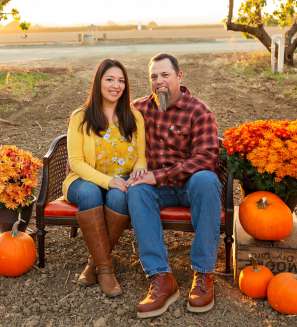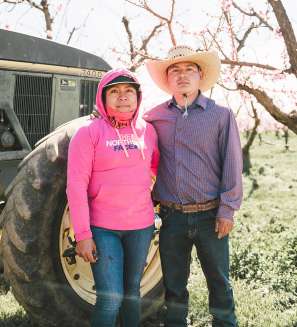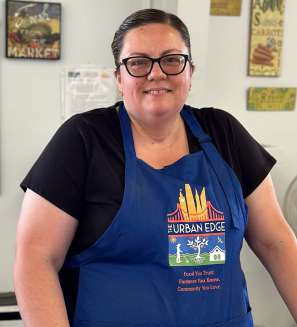About Us

Welcome to our farm and family!
The Urban Edge Farm is a 34-acre farm. There are 4 acres of certified organic vegetables and 16 acres of organic orchard. The orchards are mainly for UPICK. Our orchards are fully organic certified since the summer of 2021.The farm is located about 50 miles east of San Francisco in the heart of the Sacrament-San Joaquin Delta, one of the most productive agricultural areas in the world. The farm is owned by Bob & Barbara Cecchini and family.
Cecchini & Cecchini, Inc (the parent company of The Urban Edge Farm) has continuously operated farming businesses since the 1930. Barbara and Bob have been running it together for more than forty years. The Urban Edge Farm is their newest enterprise advising and running both the farm and its farm store operations.
The farm raises and markets over 50 different specialty organic vegetables, herbs, and fruits, providing year-round employment. We practice regenerative growing techniques that keep our land vital and sustainable, such as planting cover crops, composting, and cultivating habitat areas for beneficial insects and wildlife....
About Us

Welcome to our farm and family!
The Urban Edge Farm is a 34-acre farm. There are 4 acres of certified organic vegetables and 16 acres of organic orchard. The orchards are mainly for UPICK. Our orchards are fully organic certified since the summer of 2021.The farm is located about 50 miles east of San Francisco in the heart of the Sacrament-San Joaquin Delta, one of the most productive agricultural areas in the world. The farm is owned by Bob & Barbara Cecchini and family.
Cecchini & Cecchini, Inc (the parent company of The Urban Edge Farm) has continuously operated farming businesses since the 1930. Barbara and Bob have been running it together for more than forty years...
Our Team
The Urban Edge Farm Family
(and Why Does It Matter Anyway?)
How We Farm
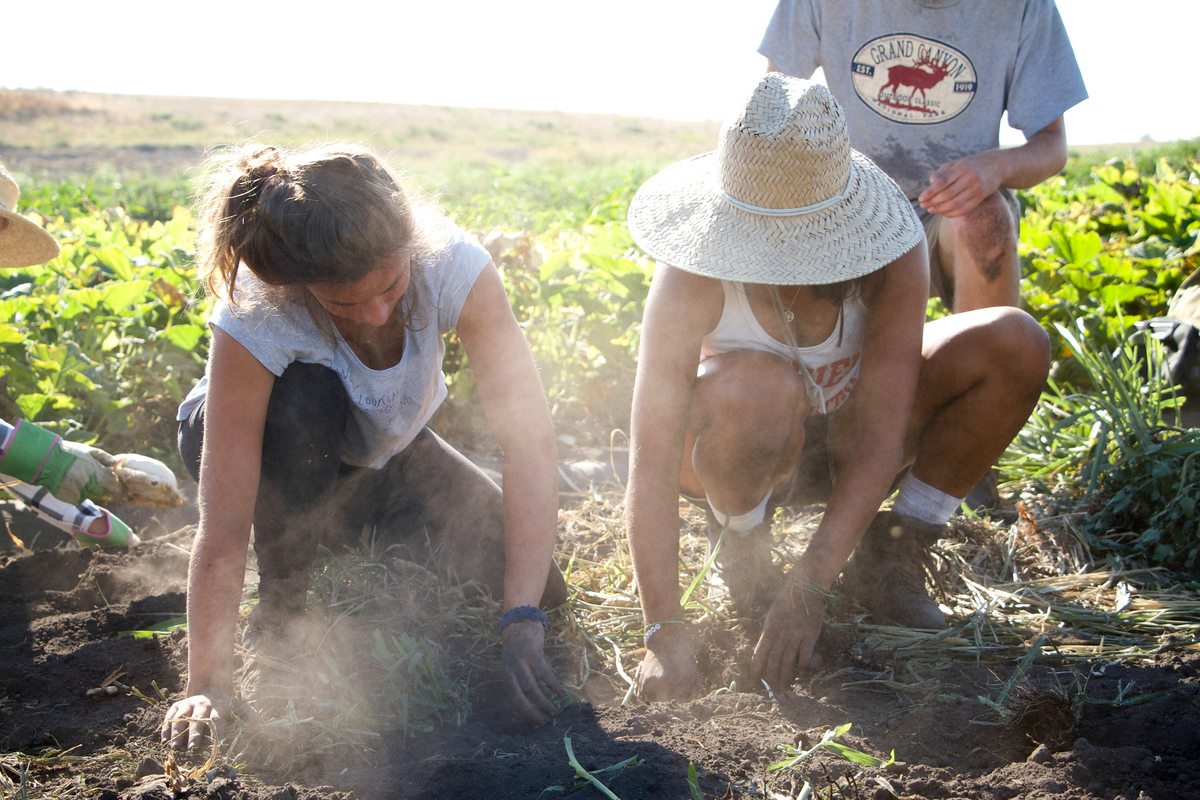
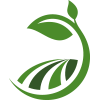
How We Farm
Growing Organically
We’ve all heard the term “organic”—organic farming, organic food, eating organic. We vaguely associate it with health and sustainability, but it’s been used so often in marketing that it’s lost much of its meaning.
In the original, narrower sense, “organic agriculture” meant raising crops and animals without synthetically manufactured pesticides, fertilizers, growth hormones, antibiotics, and nonorganic feed. Beyond Organic we practice Regenerative ag that means...
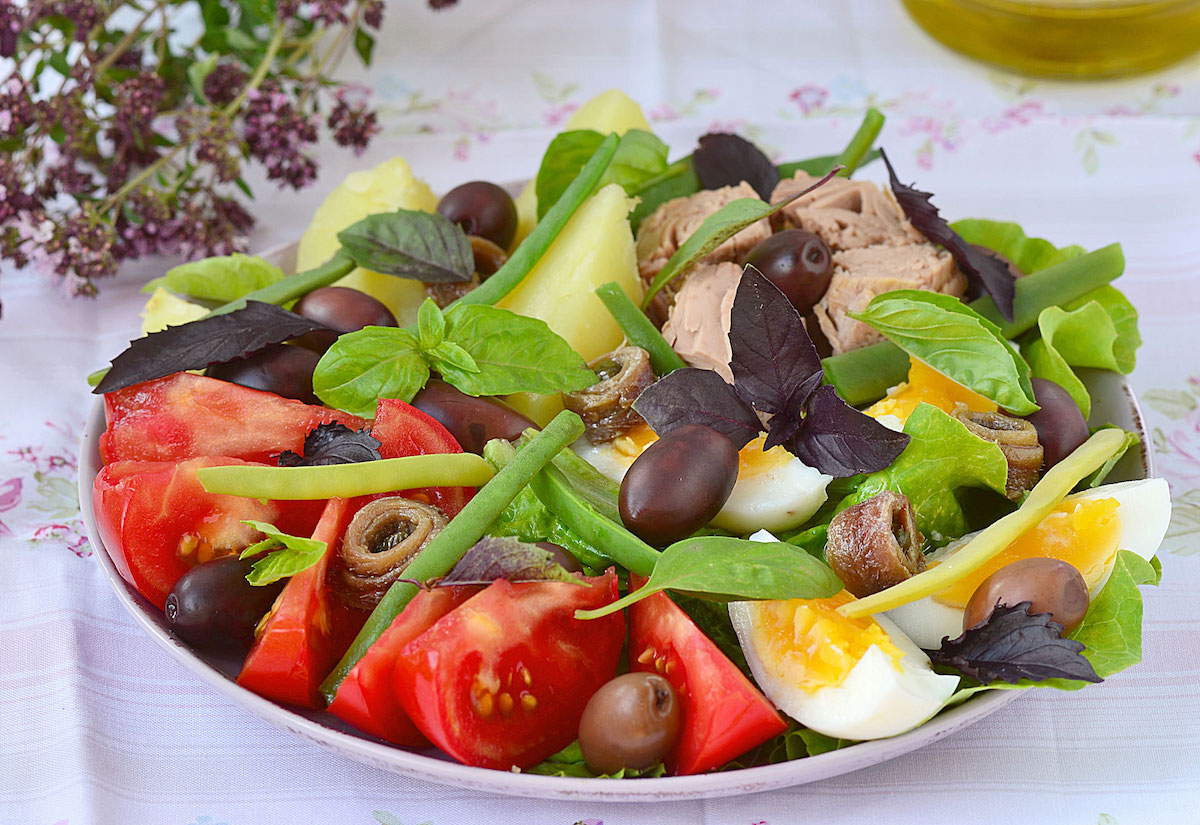
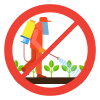
How We Farm
Leave Those Chemicals Off Your Plate
Certified-organic agriculture avoids most of the synthetic pesticides and herbicides found in conventional agriculture. These substances have been linked to birth defects, obesity, diabetes, ADHD, Alzheimers, Parkinson’s disease, and cancer. Each time you choose organic, you choose to leave these chemicals off your plate...
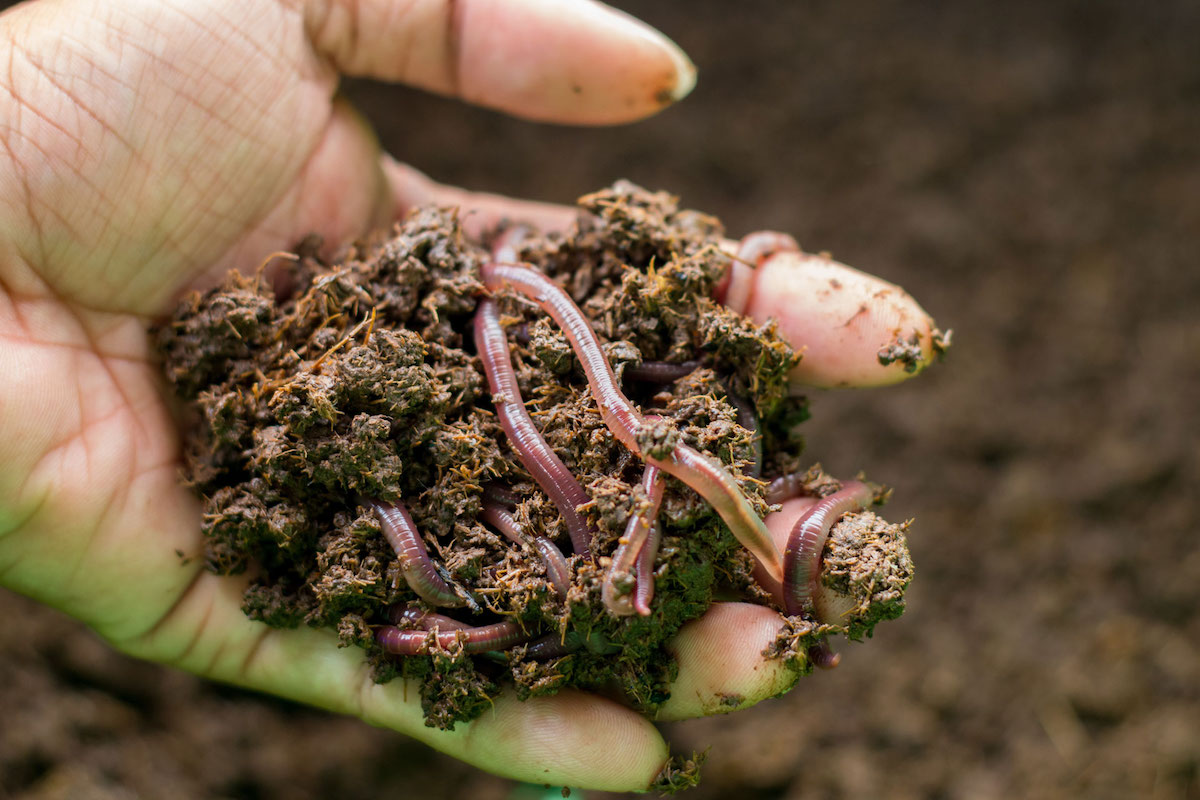
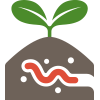
How We Farm
Living Soils
Modern conventional, production-intensive agriculture has literally sucked the life out of our soils. That means more and more outside fertilizer, water, and pesticides are needed to keep up yields but this comes at an enormous cost to our farmland. And dead soil is like an empty bank account, environmentally and nutritionally...
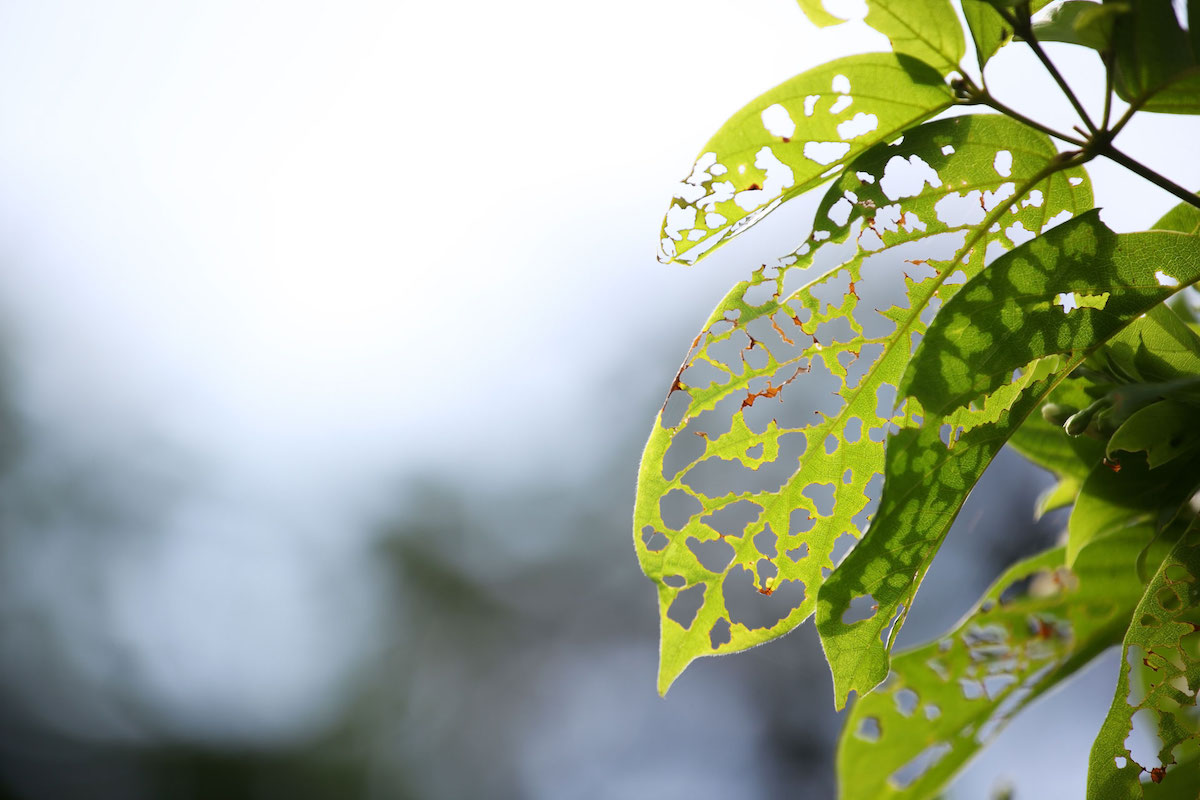
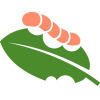
How We Farm
Integrated Pest Management (IPM)
Bugs, bugs, bugs. They’re everywhere! And fungus, blights, and mold oh my! These are the bane of farmers everywhere—after all, they know good food when they see it, just like us.
But, left unchecked, they can destroy entire fields and orchards, not to mention leave our fruits and veggies looking pretty ugly. And that has sparked the heavy use of very poisonous pesticides...
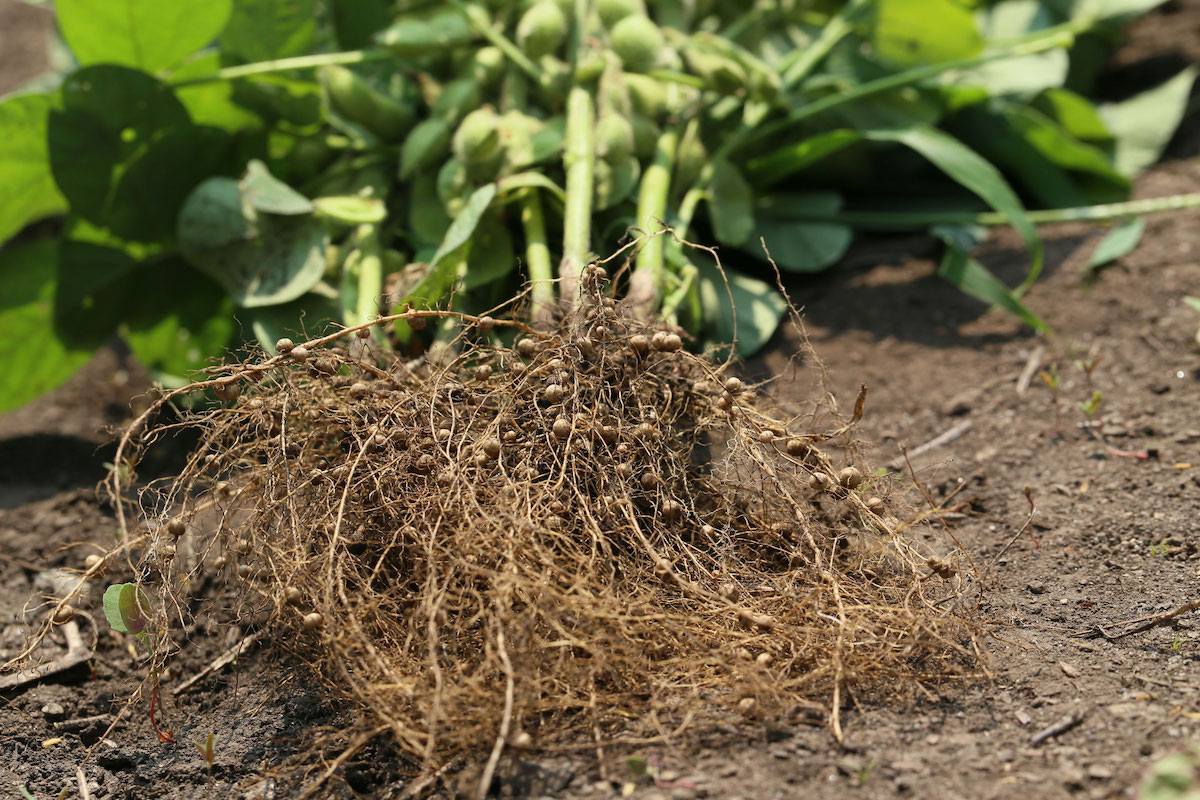
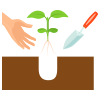
How We Farm
Cover Cropping
Cover crops are plants grown specifically to help enrich the soil during the off-season or when certain fields are given a rest for a season to regenerate. They are planted just like any other crop but then are eventually tilled back into the soil, where they decompose and add to the organic matter already in the ground. We conduct annual soil tests to determine exactly which plants to grow where.
Legumes (like beans, peas, and peanuts) are the wonders of the plant world because their roots absorb nitrogen. All plants and animals need nitrogen to exist, but while it makes up 80 percent of our air, it’s in a form that they can’t access. But, with the help of specific bacteria...
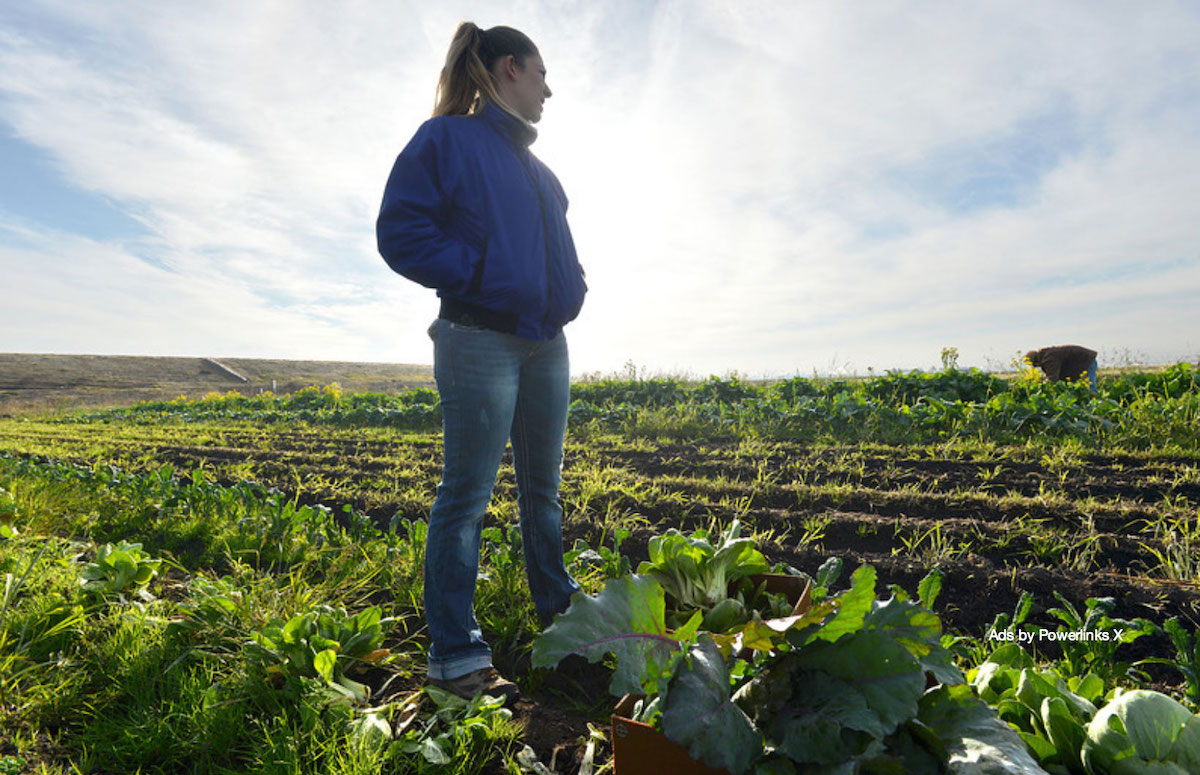

How We Farm
Carbon Sequestration
We’ve all been hearing a lot more in the media about carbon sequestration and the role it can play in slowing down climate change. In the simplest terms, carbon sequestration means removing carbon dioxide from our air and sequestering (storing) it in other places.
Plants absorb carbon dioxide through photosynthesis and store the carbon in their trunks, branches, leaves, and roots. Since farms and their associated forests and natural areas take up a lot of land, their potential to remove significant carbon dioxide from the atmosphere is huge and probably underestimated...
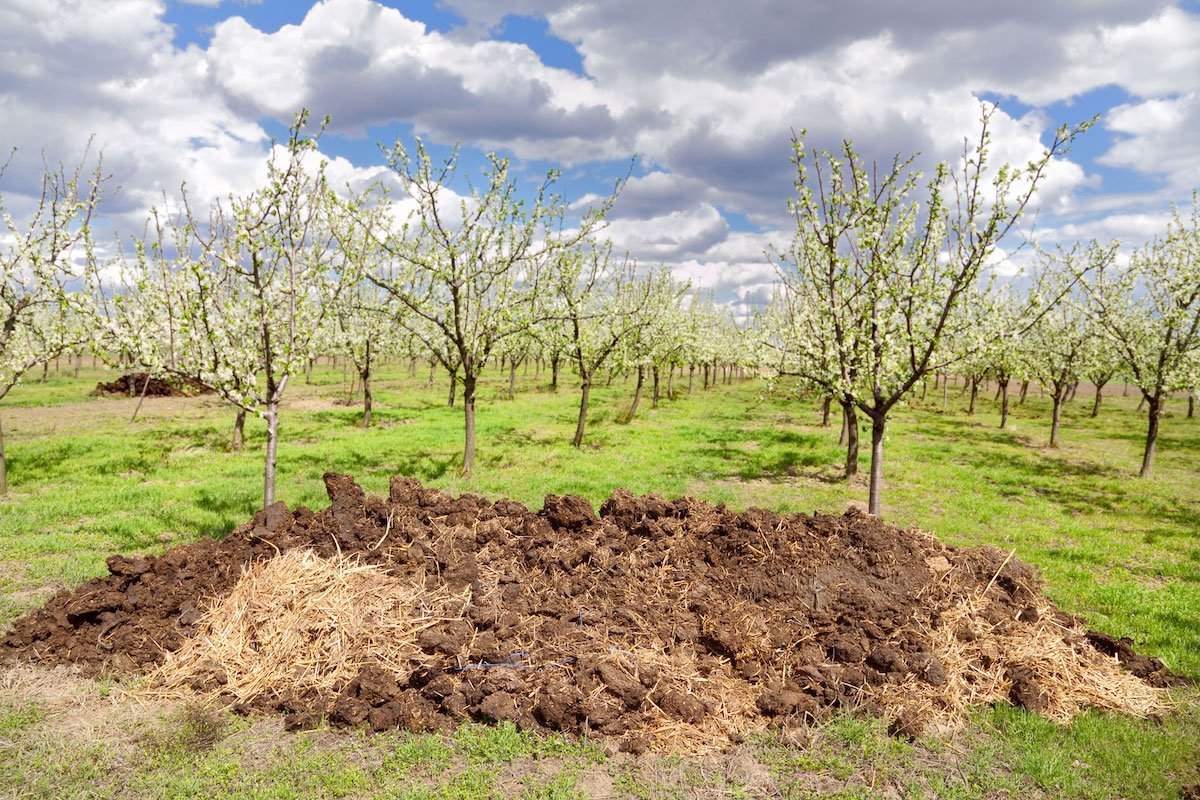
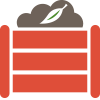
How We Farm
Compost
To enrich our soil, we use compost. Lots of it. What exactly is it?
Simply put, all organic matter rots. Over time, bacteria and other organisms break down everything from chicken poop to old zucchinis into a dirt-like substance that’s highly nutritious for plants. Compost is fantastic for building fertility, giving soil structure so it can better absorb and retain water (always an issue in dry California), and even suppressing certain plant diseases. It also increases the microorganisms in the soil, which helps our plants and trees produce better-tasting fruit and vegetables for you.
What goes into our compost?...


How We Farm
Zero-Waste Agriculture
Farms produce a lot of waste. A fruit-and-vegetable farm like ours generates huge amounts of spoiled produce, branches, spent plants, leaves, and weeds. Zero-waste agriculture simply means that nothing ever goes into a landfill that sits and produces harmful methane gases—instead,...
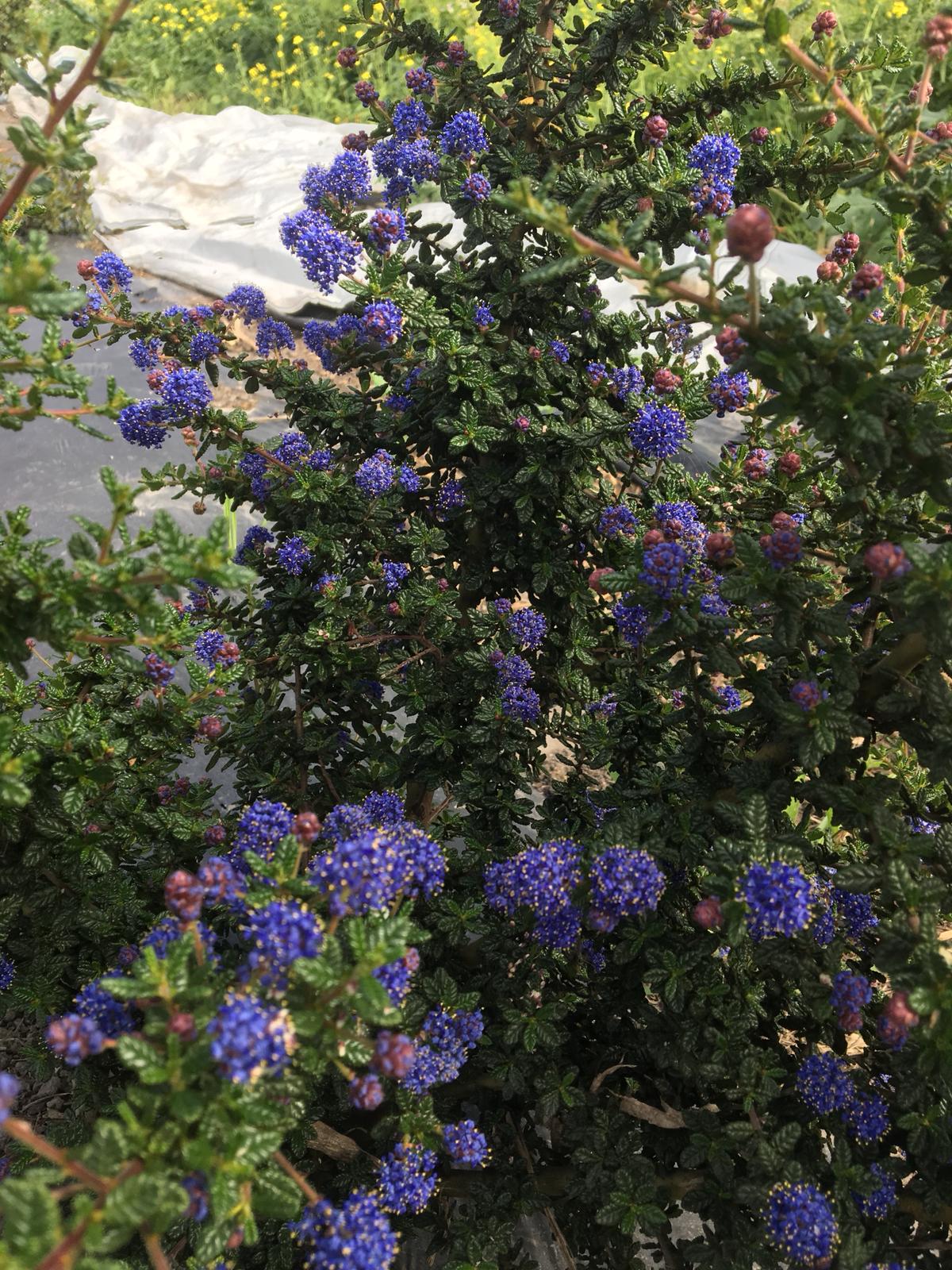

How We Farm
Hedgerows
At the Urban Edge, we are currently digging holes and prepping the ground to plant hedgerows (lines of small trees, shrubs, perennial flowers, and grasses) on both the north and east sides of the farm. (That’s so we don’t have to look at our neighbors. Just kidding!)
So far, we have chosen Western redbud, California lilac, flannel bush, and toyon. Lower-height plants will be planted next to the taller shrubs; they include deergrass, yarrow, aster, salvia, and other California native plants.
We plant hedgerows for many reasons...





